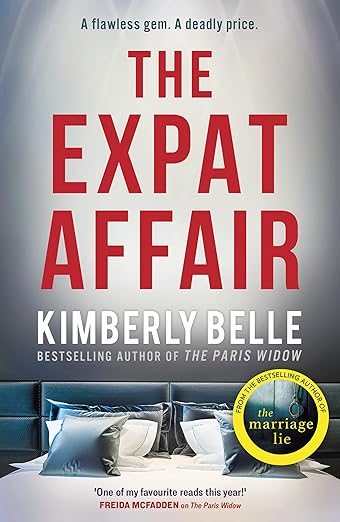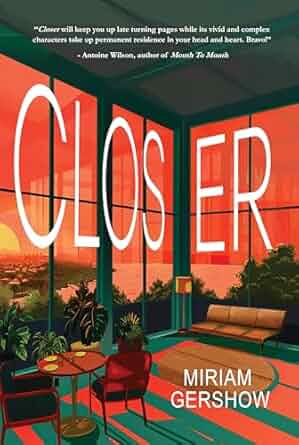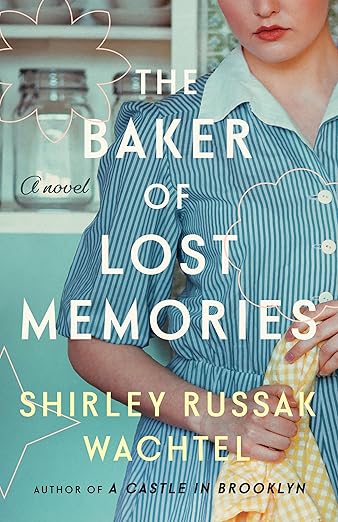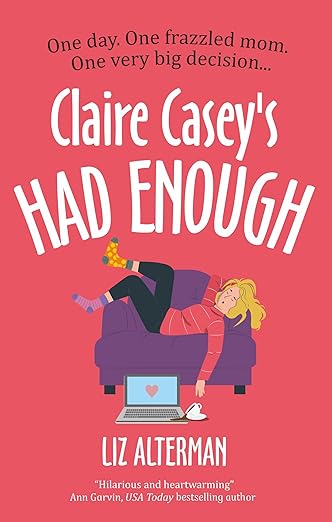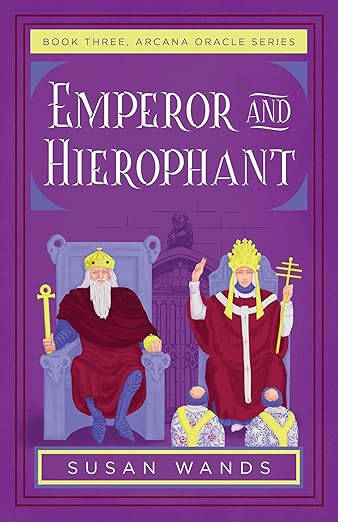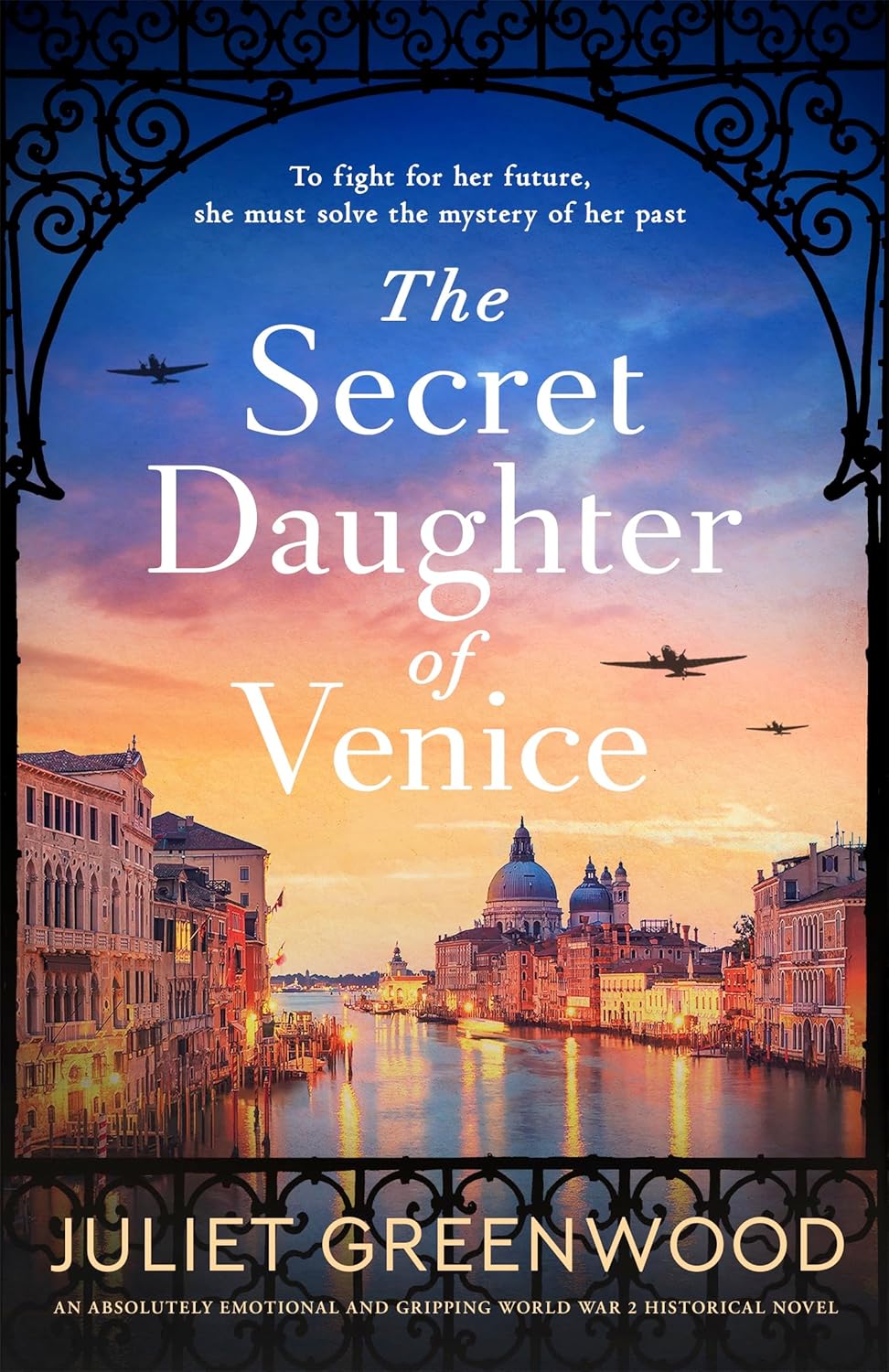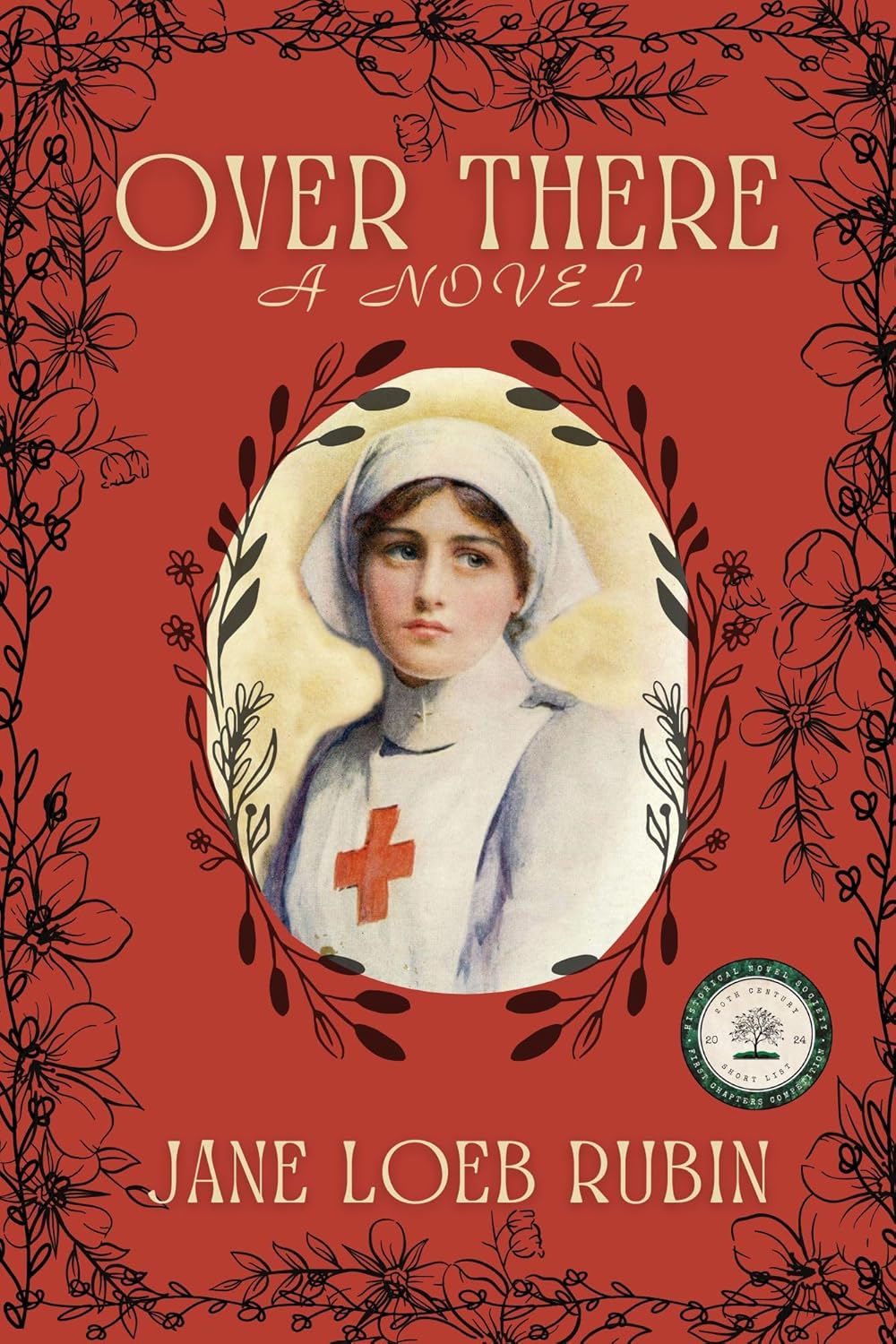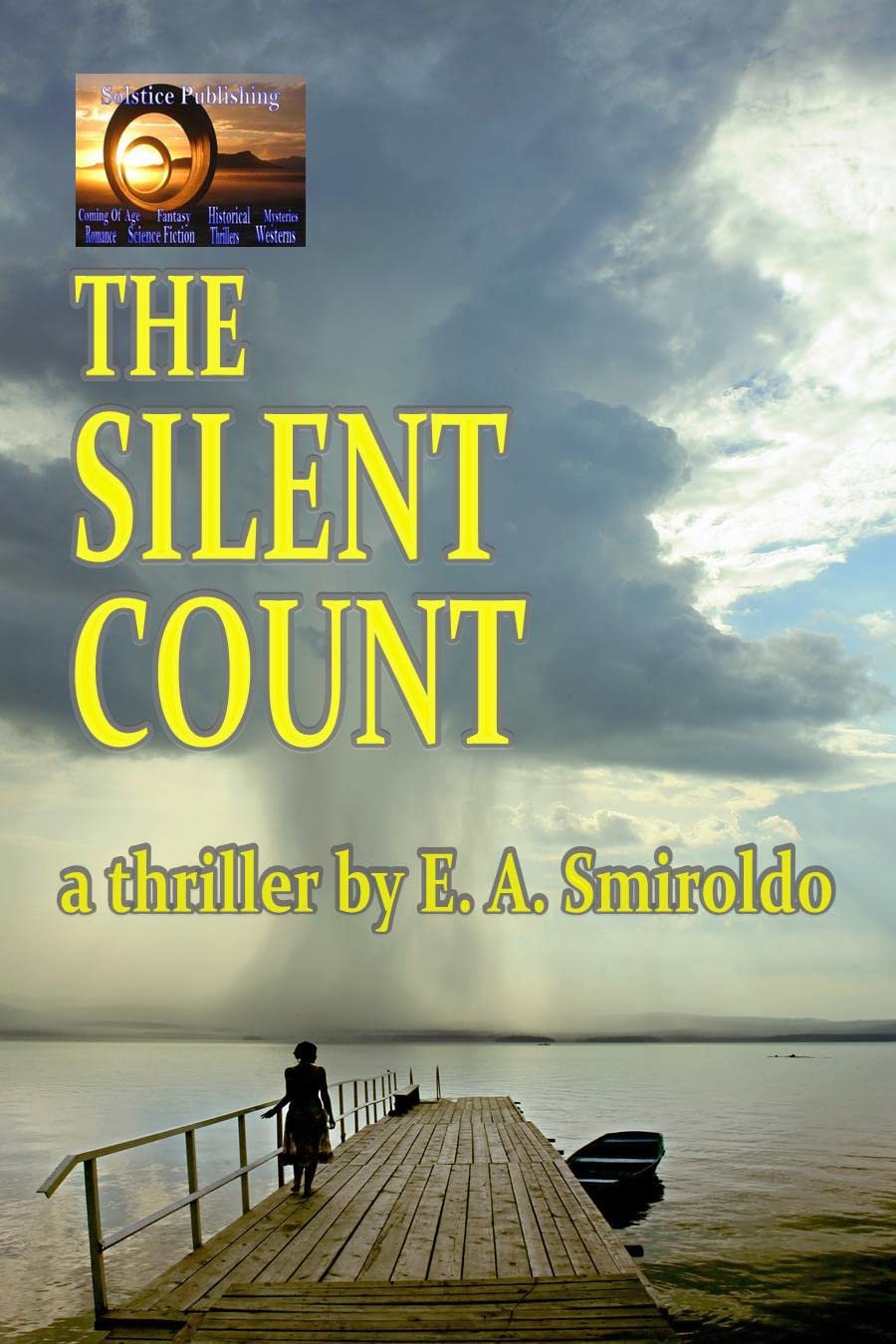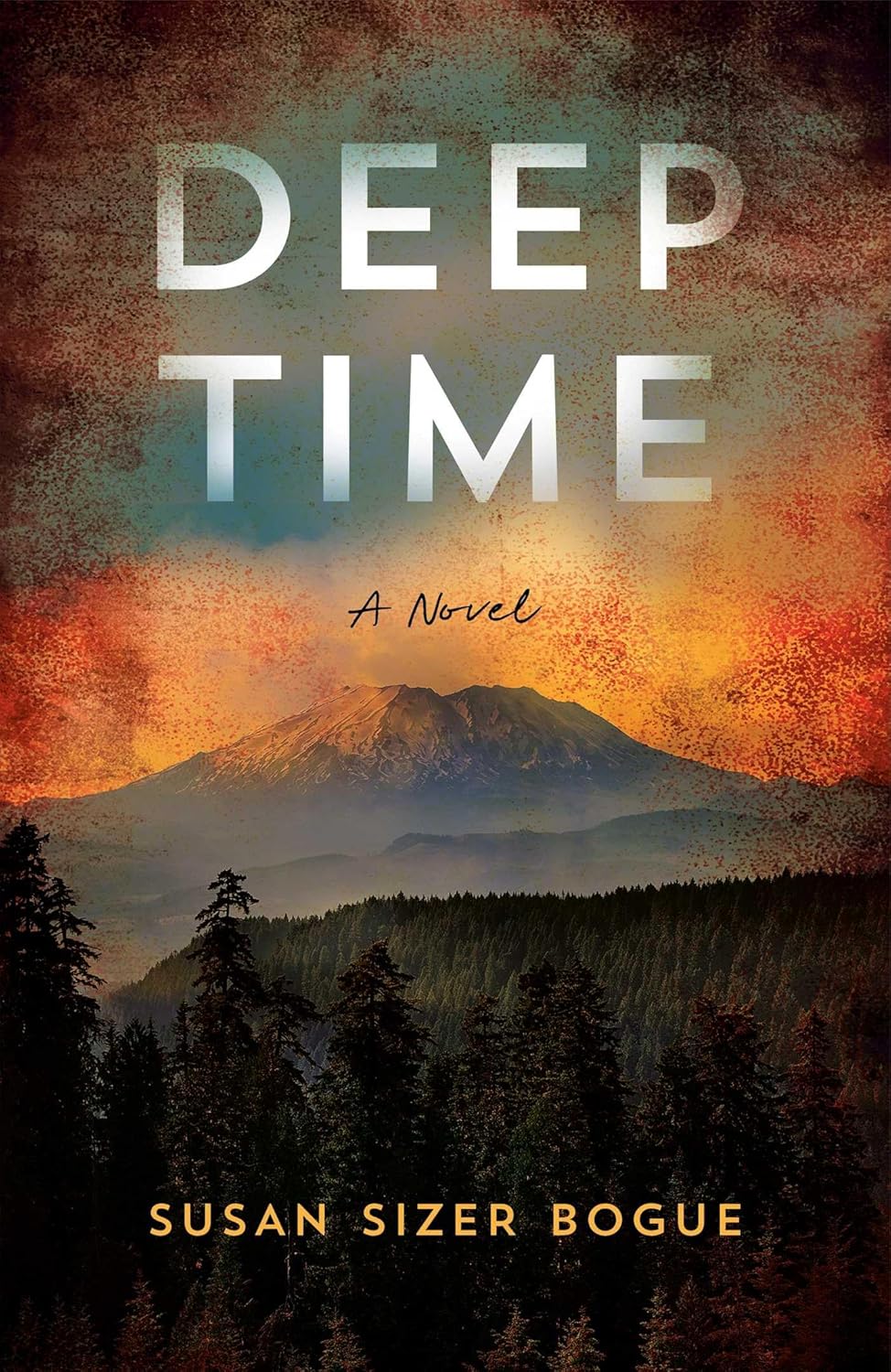Why, As A Woman, I Write About Famous Men
 “Why do you write from the perspective of artists, instead of women, perhaps from the viewpoint of a maid?” The man who asked this question was a professor emeritus of art history at a top-tier university, which I won’t name here. (Note that he didn’t qualify the word artist with “male.” Apparently, that qualifier is only necessary for the “female” sort.)
“Why do you write from the perspective of artists, instead of women, perhaps from the viewpoint of a maid?” The man who asked this question was a professor emeritus of art history at a top-tier university, which I won’t name here. (Note that he didn’t qualify the word artist with “male.” Apparently, that qualifier is only necessary for the “female” sort.)
I had just given a presentation where I’d discussed my writing process, research, and main characters: Leonardo da Vinci from my debut Oil and Marble, Raphael from my novel, Raphael, Painter in Rome, and Michelangelo, a lead in both books.
The professor asked the question in front of a crowd, and everyone leaned in with the same expectant look. Yes! They seemed to silently shout. That’s a great question! Why DO you—a woman—write about MEN?
I’ve heard this question in various forms, some more insidious than others:
A man yelled from the back of an auditorium, “I thought you were supposed to write what you know. You’re a 21st century woman. How can you know anything about being a 16th century man?”
A book club lady over Skype said, “Tracy Chevalier wrote about the subject of Vermeer’s Girl with the Pearl Earring. Why didn’t you write Mona Lisa’s story?”
“You’re so sweet and pretty,” said one man, pushing his book toward me to sign. “Weren’t you intimidated writing about these giants of history?”
And my favorite, posed in various forms by primarily young, college-educated women over the last year-and-a-half: “You have a platform. In this day and age of #MeToo, don’t you feel it’s your responsibility to write female stories?”
No. I feel it’s my responsibility to write men’s.
As a writer, TV producer, and reader, I’m most interested in exploring what makes world-changing artists tick. How did they come up with their ideas, what were their struggles, did their “genius” arise from natural talent or hard-work? I want to study those who have had the biggest impact on our culture and try to understand how they overcame obstacles to achieve greatness. I want to learn what these artists have in common and what sets them apart. I want to understand why their work speaks to broad swaths of humanity across cultures and centuries.
And let’s be honest, for most of history, the people who have had the opportunity to make such an impact have been men. If I’m not “supposed” to write about great men of history, then am I not “supposed” to write about the history of Western Civilization at all? Is even the exploration of our shared history reserved only for men? The art of Michelangelo, Leonardo, and Raphael has had as much of an effect on me as it has on any man, so my perspective on their work should be no less valid because I’m a woman. Indeed, maybe my perspective is more valuable because historically artists’ lives have been retold by male storytellers. Isn’t it time that women get to shed a little light on them?
Thankfully, as time goes on, we also have more world-changing women to explore. I can stare at an O’Keeffe for days and ponder how she changed our conception of color and form; I appreciate how Frida Kahlo’s frank self-portraits contributed to our contemporary self-exposure on social media; and outside of museums, we now have the brilliant, culture-changing work of artists like Lady Gaga, Halle Berry, Greta Gerwig…
Yes, history has unfairly washed out countless brilliant artists: Artemisia Gentileschi was one of the greatest Baroque painters in history, so why isn’t her name as well-known as Caravaggio’s? No reason, except she’s a woman. Judith Leyster was a brilliant Dutch master, but do you know her name as well as the male masters, Rembrandt, Vermeer, or Franz Hals? And there are probably thousands of artists whose names we don’t know simply because history decided not to record their work because they were women. It’s a travesty, and, yes, we should all work to correct that error.
But different storytellers have different obsessions, and mine is with people who—fairly or not—profoundly altered our collective culture, and I won’t constrain myself to only exploring women simply because I’m a woman. That’s not to say that I won’t write about influential women at some point, it’s that I won’t constrict myself to only them. Men haven’t constricted themselves to men’s stories, so why should I?
The history of men—for better or worse—is also my history, and when others tell me that I should only be writing female stories, it feels like another way of locking me out of the conversation. What would people have me do? Write about the “great female artists” that our male-dominated culture didn’t allow to exist in the first place? How would that work, exactly?
Yes, there is this long-standing cliché to “write what you know,” but the reason I’m a fiction writer is because I want to slip into someone else’s life, experience it as my own, and make that life relatable to my readers. Strangely, I feel like I learn more about what it means to be me by seeing the world through someone else’s eyes than through my own.
I agree that women’s stories need to be told, and I’m enjoying reading and watching so many more of them these days. But we women writers also have a responsibility to insert ourselves into our shared history by telling the big, impactful stories in our own voices. They are our stories, too, our history, our art. And it’s finally time that we make them our own.
—
Stephanie Storey is the author of Oil and Marble: a Novel of Leonardo and Michelangelo, which The New York Times hailed as ‘tremendously entertaining,’ has been translated into six languages, and is now in development as a feature film by Pioneer Pictures. She is also the author of the upcoming novel, Raphael, Painter in Rome. She is also a television producer of shows including The Alec Baldwin Show on ABC, The Arsenio Hall Show for CBS syndication, and Emmy-nominated The Writers’ Room on the Sundance Channel. When not writing fiction or producing television, she can usually be found traveling the world with her husband—an actor and Emmy-winning comedy writer—in search of her next story. Visit her at StephanieStorey.com
Follow her on Twitter https://twitter.com/sgstorey
RAPHAEL, PAINTER IN ROME
 Another Fabulous Art History Thriller by the Bestselling Author of Oil and Marble, Featuring the Master of Renaissance Perfection: Raphael!
Another Fabulous Art History Thriller by the Bestselling Author of Oil and Marble, Featuring the Master of Renaissance Perfection: Raphael!
Michelangelo’s Sistine Chapel ceiling is one of the most iconic masterpieces of the Renaissance. Here, in Raphael, Painter in Rome, Storey tells of its creation as never before: through the eyes of Michelangelo’s fiercest rival—the young, beautiful, brilliant painter of perfection, Raphael. Orphaned at age eleven, Raphael is determined to keep the deathbed promise he made to his father: become the greatest artist in history.
But to be the best, he must beat the best, the legendary sculptor of the David, Michelangelo Buonarroti. When Pope Julius II calls both artists down to Rome, they are pitted against each other: Michelangelo painting the Sistine Ceiling, while Raphael decorates the pope’s private apartments.
As Raphael strives toward perfection in paint, he battles internal demons: his desperate ambition, crippling fear of imperfection, and unshakable loneliness. Along the way, he conspires with cardinals, scrambles through the ruins of ancient Rome, and falls in love with a baker’s-daughter-turned-prostitute who becomes his muse.
With its gorgeous writing, rich settings, endearing characters, and riveting plot, Raphael, Painter in Rome brings to vivid life these two Renaissance masters going head to head in the deadly halls of the Vatican.
BUY THE BOOK HERE
Category: Contemporary Women Writers, On Writing




